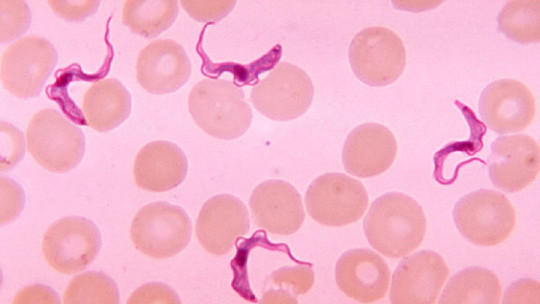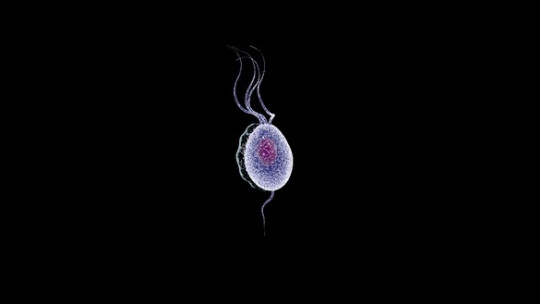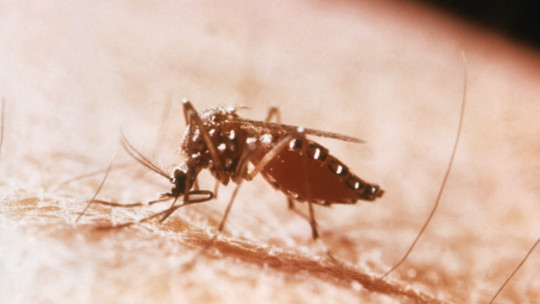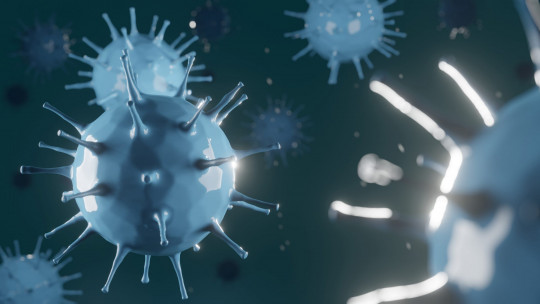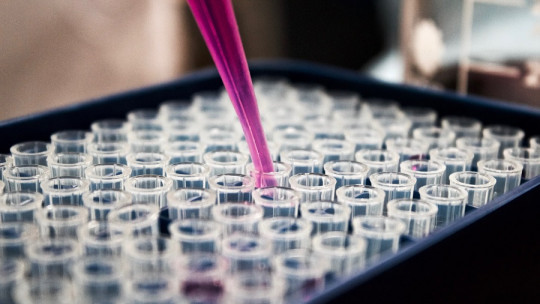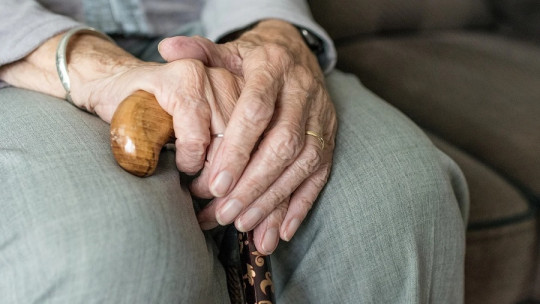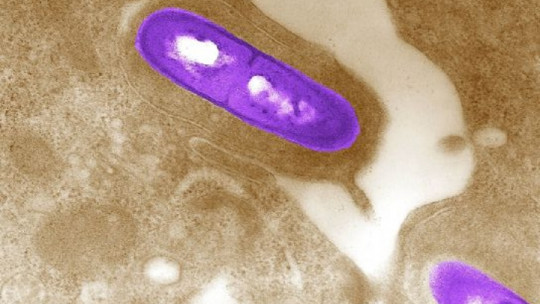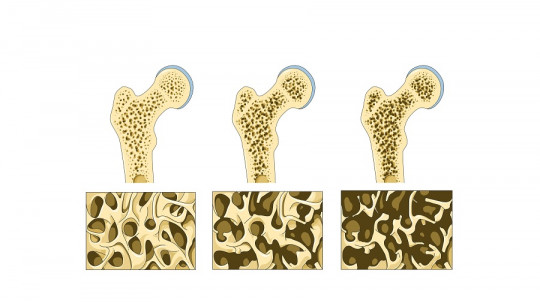Sleeping sickness or African trypanosomiasis is a parasitic pathology dependent on a vector for its transmission, in this case, a fly.
It is a disease that has generated several epidemics during the 19th and 20th centuries in various areas of Africa. Even so, today its distribution is focal, which is why it occurs endemically in 36 African countries. Like most diseases dependent on transmission vectors of an invertebrate nature, this pathology flourishes especially in warm environments and with poor health conditions.
Despite how distant it may seem, knowing the facts about this disease is essential, both as a matter of wisdom and human empathy. Therefore, here we will see various data about sleeping sickness.
Sleeping sickness and flies, two inseparable concepts
Before entering fully into the clinical picture and the causal agent of this pathology, it is necessary to talk about its effect on vulnerable populations. The World Health Organization (WHO) gives us various statistical data to take into account They are the following:
As we can see, sustained control initiatives have had a very positive effect on the distribution and spread of sleeping sickness. Even so, Until the number of infected is reduced to 0, we will not be able to affirm that this pathology is completely controlled
Knowing the parasite: Trypanosoma brucei
Unlike other pathologies of parasitic origin, African trypanosomiasis is not caused by a single microorganism. In this case, We are faced with two hemoflagellate protozoans of the genus trypanosoma These are the species Trypanosoma brucei gambiense and Trypanosoma brucei rhodesiense.
The first is the one of greatest epidemiological importance, since it is estimated that it is the cause of more than 98% of the reported cases. The second species only uses humans as hosts occasionally, as it has specialized in infecting livestock and other domestic animals.
These small protozoa, worm-like and semi-transparent, have a dizzying life cycle This is a summary of this process:
The trypanosome parasite undergoes various changes within the fly itself but knowing that these protozoa multiply in various organs and are transported through the host’s bloodstream, it helps us understand the situation of sleeping sickness on a clinical level.
We emphasize that we are going to delve into the symptoms and treatments of the pathology generated by the parasite. tb gambiensesince it is the species that most affects human beings.
Symptoms of African trypanosomiasis
According to various bibliographical sources, This pathology has three different phases
1. Initial phase
At the site of the tsetse fly bite, a local inflammatory process , which gives rise to a structure called trypanoma or chancre. This is a painful skin ulcer, characterized by a white halo on its outer radius. Trypanoma ends with the appearance of a scar two or three weeks after the bite.
2. Hemolytic phase
After an incubation that can last from a few days to several years (with an average of 1-3 weeks), they begin to manifest in the patient. clinical signs that respond to the dissemination and reproduction of the parasite through the lymphatic-blood system
This involves the appearance of very high intermittent fevers, arthralgia (joint pain), lymphadenopathy (hard, painless and mobile lymph nodes), tachycardia, anemia, weight loss and itching, among others. As we see, it is not a pleasant clinical picture at all, but the worst is yet to come.
3. Neurological phase
This It begins when the parasite crosses the blood-brain barrier , that is, a selective layer that isolates the human central nervous system. As you can imagine, the presence of a flagellated protozoan in the nervous system causes striking and worrying symptoms.
From here, we move further into a clinical picture based on behavioral changes The patient shows sensory problems (hyperesthesia, increased sensitivity to touch), psychological abnormalities (mood changes, irritability, emotional fluctuation), sleep disorders and various motor and endocrine problems.
This change in the circadian clock of the infected person which causes chronic insomnia in the patient, gives the name sleeping sickness to this pathology.
As if that were not enough, in addition to having entered the central nervous system, some of the parasites still remain in the individual’s bloodstream, which causes the symptoms of the hemolytic phase to also appear during the neurological stage. In the absence of treatment, this period leads to a profound alteration of the body (cachexia), coma and death.
Treatment
Anyone diagnosed with African trypanosomiasis It must be treated depending on the parasite species that causes it and the stage of the disease Naturally, a person who presents these protozoa only in the blood and another in whom they have invaded the central nervous system will require different clinical approaches.
For example, according to the Centers for Disease Control and Prevention (CDC), pentamidine is an antiprotozoan that acts by inhibiting the synthesis of proteins and nucleic acids of the parasite , which limits and inhibits its growth. This drug is administered, above all, to patients who are still in the hemolytic phase of the T. b parasite. gambiense. Suramin has the same function, but in this case, it acts against T. b. rhodesian.
The neurological phase, due to its more delicate nature, requires more aggressive medications In these cases, melarsoprol is usually administered, an arsenic derivative that can cause side effects that are sometimes almost worse than the disease (such as reactive encephalopathy that leads to the death of the patient in up to 10% of cases).
There are other possible treatments, but in summary, it can be said that this pathology requires a very specific clinical approach, to be carried out by specially qualified personnel.
Conclusions
It is not common that we encounter a pathology of parasitic origin that affects so many levels of the patient’s health. As we have seen, sleeping sickness causes symptoms ranging from fevers to mood changes, lack of sleep and hypersensitivity to touch.
Of course, it is surprising to observe how the presence of a parasite in the bloodstream and the central nervous system (CNS) is capable of modifying the patient’s routine and lifestyle to such an extent that he can no longer be considered a functional human being.
It is usual that, from a Westernized point of view, these types of pathologies seem foreign to us and uninteresting. Beyond the possible concerns that a sporadic trip to the African continent as tourists may generate, diseases like this require understanding and understanding simply a matter of empathy.
These pathologies cannot be addressed due to the poor monetary conditions of the countries in which they originate, and therefore, the action of organizations such as the WHO has become more than necessary to reduce their prevalence.

